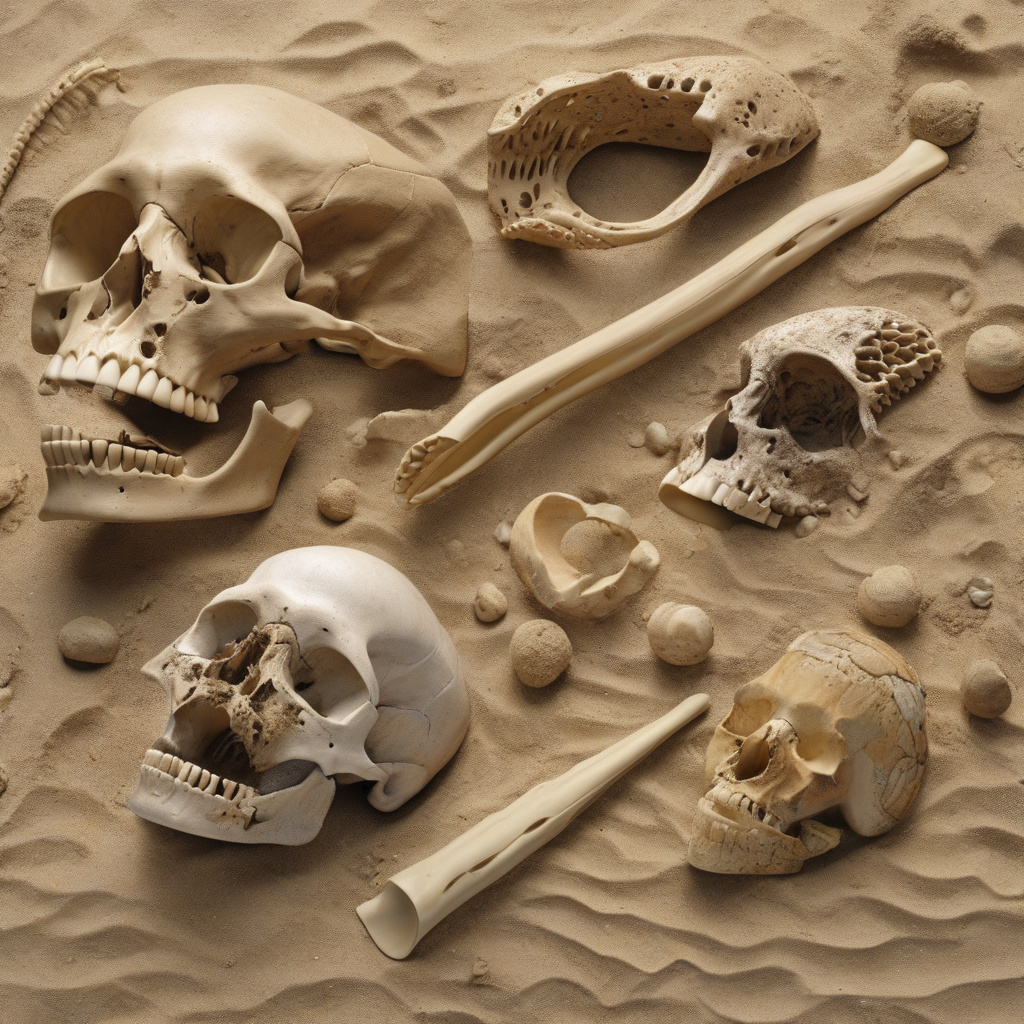190,000-Year-Old Jawbone Pulled from the Sea May Be Clue to Human Evolution
Scientists have made a groundbreaking discovery that could reshape our understanding of human evolution. An ancient jawbone, estimated to be around 190,000 years old, was found in Taiwan and has been identified as belonging to the elusive Denisovans. This finding sheds new light on a previously little-known branch of ancient humans and provides valuable insights into our complex evolutionary history.
The Denisovans are a group of ancient humans who are believed to have lived tens of thousands of years ago, alongside Neanderthals and early modern humans. However, much of what we know about Denisovans comes from genetic analysis of fossil remains rather than physical evidence. This newly discovered jawbone represents a rare and significant find that could help fill in some of the gaps in our knowledge.
The jawbone was found by fishermen off the coast of Taiwan and was incredibly well-preserved, thanks to being submerged in the sea for thousands of years. Scientists were able to extract DNA from the bone and compare it to known Denisovan genetic markers, confirming its origins. This discovery is particularly exciting because it is the first physical evidence of Denisovans outside of the Denisova Cave in Siberia, where the remains of this ancient human species were first identified.
Studying the Denisovans is crucial for understanding human evolution, as they are thought to have interbred with both Neanderthals and early modern humans. This interbreeding has left a lasting impact on the genetic makeup of modern humans, with people of non-African descent carrying trace amounts of Denisovan DNA. By piecing together more information about the Denisovans, scientists can gain valuable insights into how our species evolved and spread across the globe.
The discovery of the ancient jawbone in Taiwan highlights the importance of continued exploration and research in the field of paleoanthropology. It serves as a reminder that there are still many mysteries waiting to be uncovered beneath the earth’s surface and beneath the sea. Every fossil, every bone fragment, has the potential to rewrite the story of our origins and give us a deeper understanding of our place in the natural world.
As technology advances and new scientific techniques emerge, we can expect to make even more astonishing discoveries in the field of human evolution. The study of ancient DNA, in particular, has revolutionized our understanding of the past and has the potential to unlock many more secrets in the years to come. Who knows what other clues to our evolutionary history may be lurking in the depths of the ocean or buried beneath the earth, waiting to be unearthed by curious minds and skilled researchers.
In conclusion, the 190,000-year-old jawbone found in Taiwan is a remarkable find that has the potential to significantly impact our knowledge of human evolution. By confirming the presence of Denisovans outside of their known Siberian habitat, this discovery opens up new avenues for research and exploration in the field of paleoanthropology. As we continue to uncover more pieces of the puzzle, we move closer to unraveling the complex tapestry of our evolutionary past.
evolution, human, Denisovans, Taiwan, paleoanthropology












